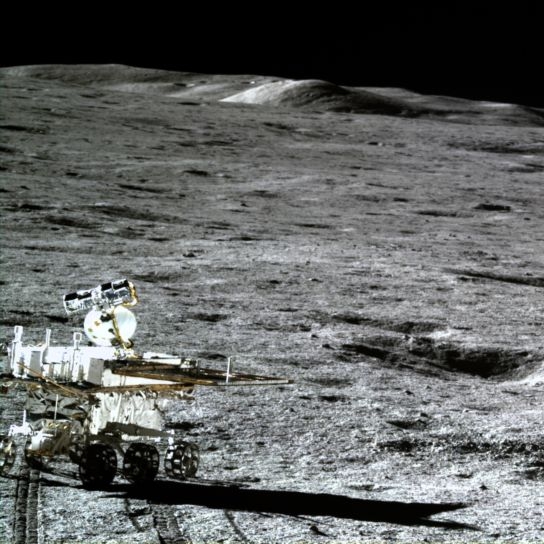First SLS core stage completed and ready for final testing
After sixteen years of development, slowed by politics and a confused management at NASA, the first core stage of NASA’s SLS rocket is finally completed and ready for shipping to the Stennis Space Center in Mississippi for its final full test.
The heart of NASA’s first flight-ready Space Launch System heavy-lift rocket emerged from its factory in New Orleans Wednesday morning for a barge trip to the Stennis Space Center in Mississippi for an eight-minute test-firing of its space shuttle-era hydrogen-fueled engines.
The 212-foot-long (64.6-meter), 27.6-foot-wide (8.4-meter) core stage of the Space Launch System rolled out of its factory at the Michoud Assembly Facility, signaling a significant, but long-delayed milestone in the SLS program’s eight-year history. Teams loaded the core stage into NASA’s Pegasus barge to be ferried on a half-day journey to the Stennis Space Center in Mississippi.
The link has a lot of cool images of the stage. You can also find more cool images and videos of the core stage’s unveiling yesterday here.
Whether this stage will pass that eight-minute test remains unknown. And if it does, it also remains unknown whether it will be ready to fly in November 2020, sending an unmanned Orion capsule around the Moon. Either way, the cost to build that SLS rocket is approaching $25 billion, a cost that only includes two flights, one unmanned.
We could have bought a lot of Falcon Heavies for that price, and be heading for the Moon right now had we done so.
After sixteen years of development, slowed by politics and a confused management at NASA, the first core stage of NASA’s SLS rocket is finally completed and ready for shipping to the Stennis Space Center in Mississippi for its final full test.
The heart of NASA’s first flight-ready Space Launch System heavy-lift rocket emerged from its factory in New Orleans Wednesday morning for a barge trip to the Stennis Space Center in Mississippi for an eight-minute test-firing of its space shuttle-era hydrogen-fueled engines.
The 212-foot-long (64.6-meter), 27.6-foot-wide (8.4-meter) core stage of the Space Launch System rolled out of its factory at the Michoud Assembly Facility, signaling a significant, but long-delayed milestone in the SLS program’s eight-year history. Teams loaded the core stage into NASA’s Pegasus barge to be ferried on a half-day journey to the Stennis Space Center in Mississippi.
The link has a lot of cool images of the stage. You can also find more cool images and videos of the core stage’s unveiling yesterday here.
Whether this stage will pass that eight-minute test remains unknown. And if it does, it also remains unknown whether it will be ready to fly in November 2020, sending an unmanned Orion capsule around the Moon. Either way, the cost to build that SLS rocket is approaching $25 billion, a cost that only includes two flights, one unmanned.
We could have bought a lot of Falcon Heavies for that price, and be heading for the Moon right now had we done so.

